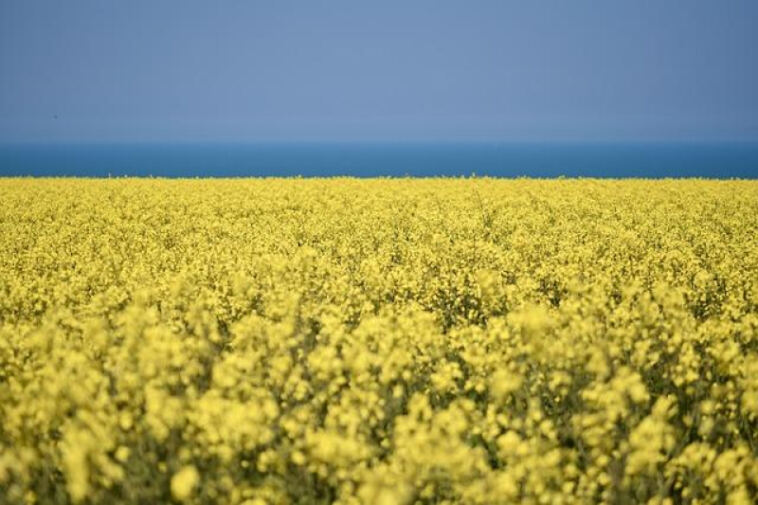- Like
- SHARE
- Digg
- Del
- Tumblr
- VKontakte
- Flattr
- Buffer
- Love This
- Save
- Odnoklassniki
- Meneame
- Blogger
- Amazon
- Yahoo Mail
- Gmail
- AOL
- Newsvine
- HackerNews
- Evernote
- MySpace
- Mail.ru
- Viadeo
- Line
- Comments
- Yummly
- SMS
- Viber
- Telegram
- JOIN
- Skype
- Facebook Messenger
- Kakao
- LiveJournal
- Yammer
- Edgar
- Fintel
- Mix
- Instapaper
- Copy Link
The harsh and unforgiving terrain of a desert may seem like an unlikely place for thriving plant life, but in recent years, a surprising answer has emerged: cannabis cultivation. With advancements in technology and a deeper understanding of cultivation techniques, arid climates are proving to be a profitable and sustainable environment for the growth of this versatile plant. In this article, we will explore the unique challenges and rewards of cultivating cannabis in the desert, and how growers are harnessing the power of this unlikely landscape to yield impressive results.
Choosing the Right Strain for Arid Conditions
In arid regions, growing cannabis can present unique challenges due to the hot and dry climate. However, with the right strain selection, you can still cultivate thriving plants in these conditions. When choosing a strain for arid climates, it is essential to consider characteristics that can help your plants withstand the harsh environment.
Here are some factors to consider when selecting a strain for arid conditions:
- Resistance to drought: Look for strains that are known for their ability to thrive with minimal water.
- Heat tolerance: Choose strains that can handle high temperatures without wilting or experiencing heat stress.
- Short flowering time: Opt for strains that have a shorter flowering period to ensure a successful harvest before the intense summer heat sets in.
- High resin production: Strains with high resin content are often more resilient and better able to protect themselves from environmental stressors.
| Strain | Characteristics |
| OG Kush | High resin production, heat tolerance |
| Amnesia Haze | Resistance to drought, short flowering time |
By selecting the right strain for arid conditions and providing proper care and environmental controls, you can successfully cultivate cannabis in the desert. With a little research and planning, you can enjoy a bountiful harvest even in the driest of climates.
Utilizing Drip Irrigation Systems for Water Conservation
is essential for cannabis cultivation in arid climates. The use of this efficient watering method ensures that plants receive the right amount of water directly to their root zone, reducing water waste and promoting healthier growth. Drip irrigation systems also help prevent soil erosion and weed growth, making them a sustainable choice for cannabis farmers in dry regions.
One of the main benefits of drip irrigation systems is their ability to deliver water slowly and steadily to plants, allowing for better absorption and minimizing runoff. This results in water savings of up to 50% compared to traditional irrigation methods, making it a cost-effective solution for cannabis growers. Additionally, drip systems can be easily customized to fit the specific needs of different strains, ensuring optimal watering for each plant.
Incorporating drip irrigation systems into cannabis cultivation not only conserves water but also improves overall crop yield and quality. With precise control over watering schedules and amounts, farmers can create an ideal growing environment for their plants, leading to healthier and more robust cannabis crops. By embracing sustainable practices like drip irrigation, cannabis cultivators in arid climates can thrive while minimizing their environmental impact.
| Benefits of Drip Irrigation Systems | Why they’re essential for Cannabis Cultivation |
|---|---|
| Efficient water delivery | Promotes healthier plant growth |
| Reduces water waste | Customizable for different strains |
| Prevents soil erosion and weed growth | Improves crop yield and quality |
Implementing Shade Structures for Sun Protection
When it comes to cannabis cultivation in arid climates, is crucial for the health and growth of your plants. By providing adequate shade, you can help prevent issues such as sunburn, dehydration, and stunted growth. Here are some tips for thriving in the desert:
1. Choose the Right Shade Structure: Consider installing a shade cloth or building a pergola to provide a consistent level of shade for your plants.
2. Monitor Sun Exposure: Use a light meter to monitor the amount of sunlight your plants are receiving and adjust your shade structures accordingly.
3. Watering Schedule: In arid climates, it’s essential to water your plants regularly to prevent them from drying out. Consider installing a drip irrigation system to ensure consistent watering.
Understanding the Importance of Soil Composition
When it comes to cultivating cannabis in arid climates, is crucial for success. The type of soil used can greatly impact the growth and yield of cannabis plants in desert environments. By ensuring the right balance of nutrients, water retention, and drainage, cultivators can create an optimal growing medium for their crops.
One key factor to consider in soil composition for cannabis cultivation in arid climates is the pH level. Cannabis plants thrive in slightly acidic soil, with a pH range of 6 to 7. Maintaining the correct pH level is essential for nutrient uptake and overall plant health. Testing the soil regularly and making adjustments as needed can help ensure that cannabis plants are getting the nutrients they need to thrive in the desert.
Another important aspect of soil composition is the presence of organic matter. Adding compost, manure, or other organic materials to the soil can help improve its structure and fertility. Organic matter not only provides essential nutrients to the plants but also helps to retain moisture in the soil, which is crucial in arid climates. Cultivators can also consider using mulch or cover crops to help protect the soil from erosion and maintain its health.
Harvesting and Curing Techniques for Maximum Yield
When it comes to cultivating cannabis in arid climates, mastering the art of harvesting and curing techniques is essential for achieving maximum yield. By carefully timing the harvesting process and employing proper curing methods, cultivators can ensure that their plants reach their full potential in even the most challenging environments.
One key strategy for thriving in the desert is to harvest cannabis plants at the peak of their potency. This involves monitoring trichome development and color changes, as well as paying close attention to the plant’s overall health and maturity. By harvesting at the right time, growers can maximize cannabinoid and terpene production, resulting in a higher quality end product.
When it comes to curing cannabis in arid climates, proper moisture control is crucial. Utilizing techniques such as slow drying and burping can help prevent mold and mildew growth, while also allowing the flavors and aromas of the cannabis to fully develop. By maintaining a consistent humidity level during the curing process, cultivators can ensure that their harvest retains its potency and quality.
Q&A
Q: What unique challenges do cannabis cultivators face when growing in arid climates?
A: Cultivators in arid climates must navigate extreme temperature fluctuations, water scarcity, and poor soil quality that can impact crop yield and quality.
Q: How can cultivators effectively manage water usage in desert environments?
A: Implementing efficient irrigation systems, utilizing drought-resistant cannabis strains, and collecting and recycling water runoff are all strategies that can help cultivators conserve water resources.
Q: Are there specific nutrients or fertilizers that cannabis plants in arid climates require?
A: Cannabis plants in arid climates may benefit from additional micronutrients like calcium, magnesium, and iron to combat nutrient deficiencies caused by the harsh conditions of the desert environment.
Q: How can cultivators protect their crops from the intense heat and sunlight in desert regions?
A: Providing shade structures, using reflective mulch to reduce soil temperatures, and scheduling watering times to avoid the hottest parts of the day can help protect cannabis plants from heat stress and sunburn.
Q: What are some sustainable practices that desert cannabis cultivators can implement to minimize their environmental impact?
A: Incorporating organic farming methods, using renewable energy sources, and integrating permaculture principles into their cultivation operations are all ways that cultivators in arid climates can minimize their environmental footprint.
In Conclusion
In conclusion, the desert may seem like a harsh environment for cannabis cultivation, but with the right knowledge and strategies, growers can thrive in even the driest of climates. By taking advantage of natural resources like sunlight and water-efficient techniques, cannabis cultivators can produce high-quality crops in arid regions. With a little creativity and ingenuity, the desert can become a fertile ground for those looking to cultivate this valuable plant. So, whether you’re a seasoned grower or just starting out, don’t be afraid to explore the possibilities of cannabis cultivation in arid climates – you may just find that the desert holds hidden treasures waiting to be discovered.


